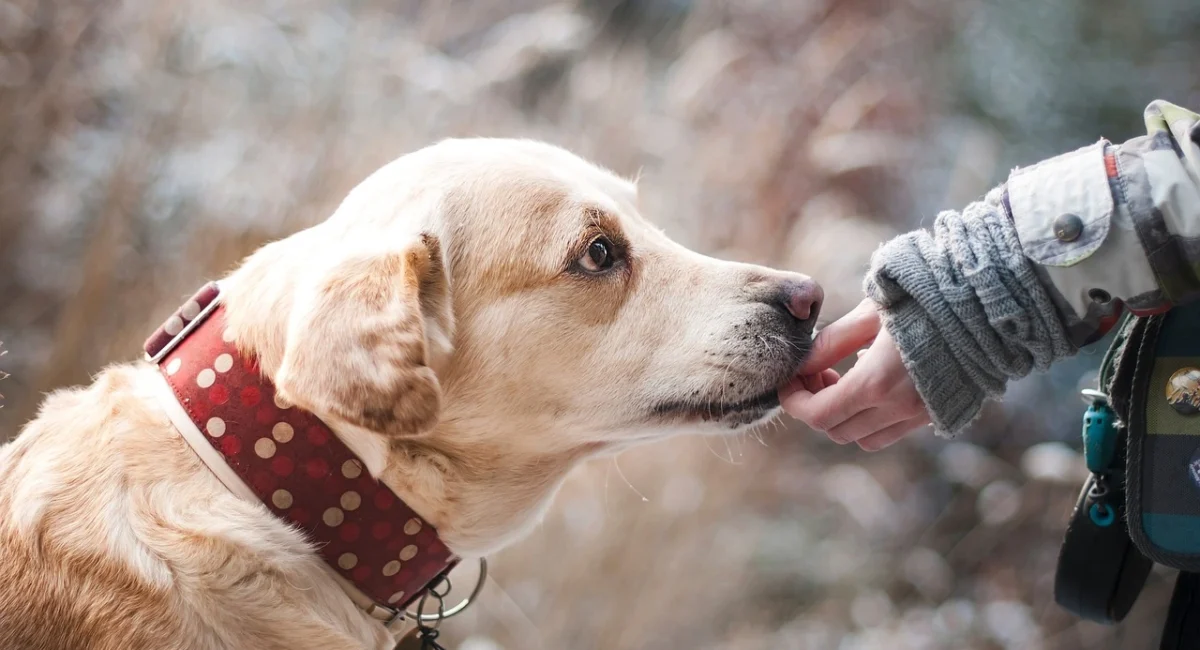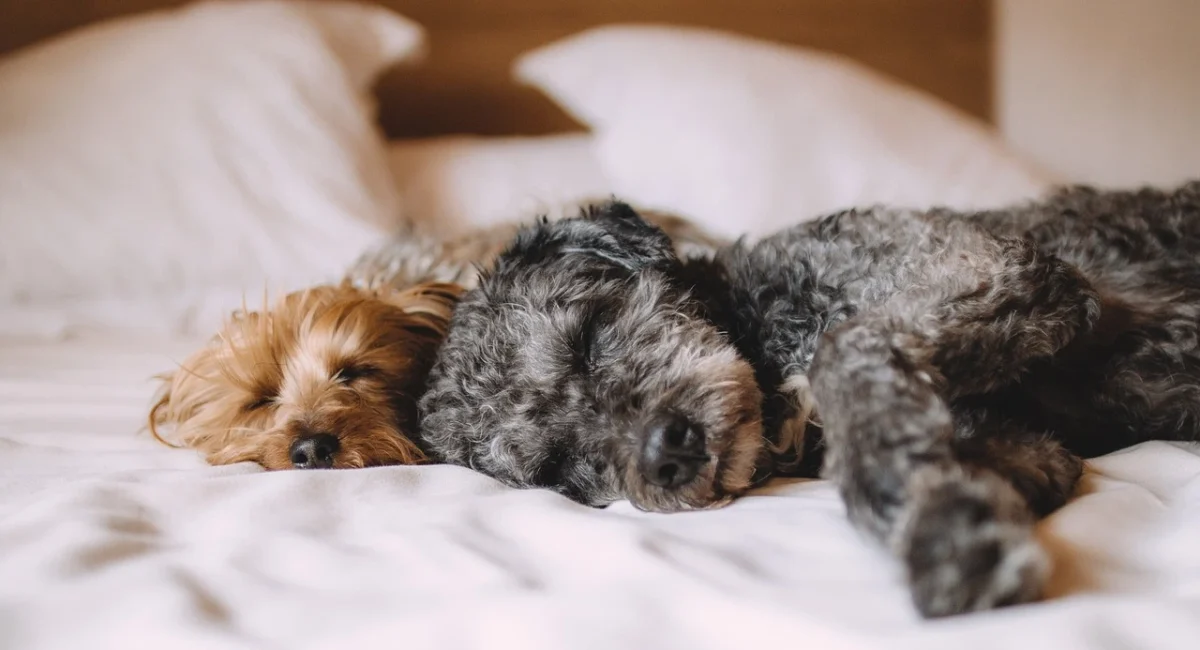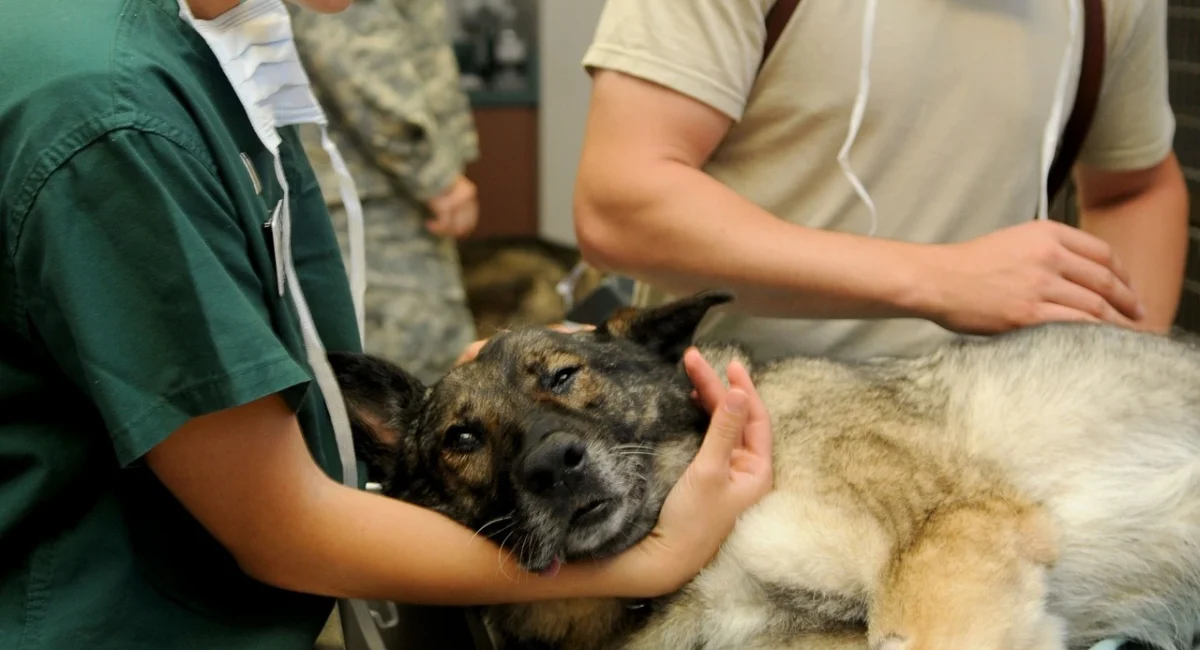Seperation anxiety in dogs can manifest in a number of ways, including: When you pull out the car keys, does your dog become excited? While you were away, did he urinate, defecate, or scrape the door? Does your dog bark nonstop when you’re not home? Your dog may suffer from separation anxiety. Seperation anxiety in dogs is curable, whether by you or a pet behavior expert. It can be unpleasant and distressing. Learn more about this disorder and how to make your dog feel less anxious.
Dogs who are left alone suffer from separation anxiety, which is a very distressing condition. Dogs are social animals that form strong ties with their owners, which makes them susceptible to separation anxiety. The following are some options to be aware of regarding separation anxiety in dogs, including its symptoms, causes, and available treatments:
Signs of Separation Anxiety
When their owner departs, a lot of dogs become anxious, fearful, or anticipate something terrible. Clinical separation anxiety, It’s a significant condition that impacts both your daily life and the life of your dog. When you leave, your dog might be suffering from signs of separation anxiety if he displays any of these behaviors (or a combination of them).
- When left alone, dogs who are suffering from separation anxiety may bark, howl, or whine excessively.
- They might act destructively, such as biting on doors, furniture, or personal objects.
- Even if they are housebroken, some dogs may still urinate or defecate indoors when left alone.
- In extreme circumstances, dogs may attempt to escape from confinement or the house in an effort to locate their owner.
- Dogs who are separated from their owners may pace the home, pant excessively, or show other signs of restlessness.
- Some dogs’ drooling may be an indication of anxiousness.
Dogs closely observe what you do, so you might start noticing a dog’s stress symptoms while you’re still at home. He can tell when you’re getting ready to go because of the actions you take. He may express his discomfort by whining, pacing, refusing to eat or drink, clinging to your side, or requesting your attention if he knows he will be left alone.
How to Stop Seperation Anxiety in Dogs
There are numerous methods you may do at home on your own, such as making sure your dog receives adequate exercise on how to stop separation anxiety in dogs. But be sure you’ve reviewed all of your options with your veterinarian before you do anything.
- By leaving for little periods of time and rewarding your dog for being calm when you return, you can gradually acclimate them to being alone.
- When you’re not home, designate a cozy and secure area for your dog, such as a crate or a certain room.
- Make sure your dog gets adequate playtime, walks, and puzzle toys for mental and physical stimulation.
- Basic obedience instruction might help your dog become more confident and experience less anxiety.
- In extreme situations, a veterinarian may give medicine to treat anxiety.
- For advice and specialized training methods, take into consideration speaking with a certified dog trainer or a veterinarian behaviorist.
- Never correct your dog’s anxiety-related behaviour; doing so could make the situation worse.
To lessen anxiety, keep your dog on a regular schedule. - Reduce the excitement and worry by being discrete in your travels and returns.
- Pheromone collars or diffusers that release relaxing pheromones help certain dogs.
Warning or punishing your dog for displaying separation anxiety symptoms, especially if those symptoms involve destructive activities. Disobedience or spite are not the causes of anxious actions. They are reactions to distress. Because he is anxious and under a lot of stress, your dog exhibits anxious behaviors when left alone. If you discipline him, he can become much more furious and the situation could get worse rapidly.
Conclusion
Always keep in mind that treating separation anxiety dogs may require patience and be a slow process. If your dog’s separation anxiety is extreme or doesn’t get better with straightforward training methods, get advice from a veterinarian or dog behavior specialist. The majority of dogs with separation anxiety may reduce their worry and alter their behavior with time, effort, and the correct techniques.
Read more about Dog Training in Perth
Read more about Tips To Help Your Fluffy Friend Live Longer












